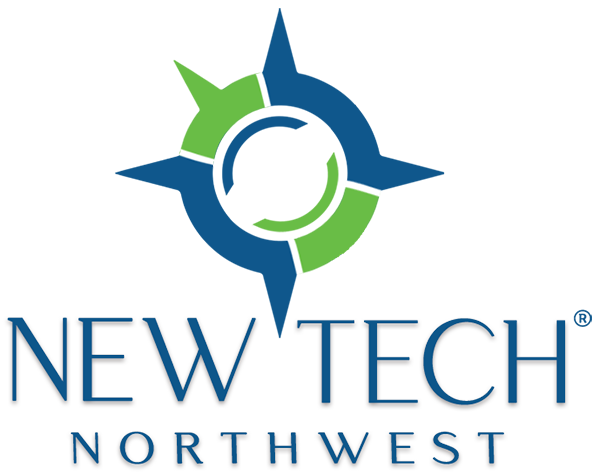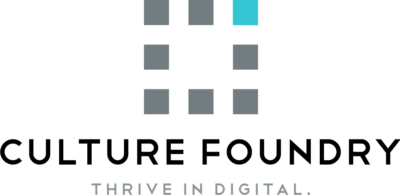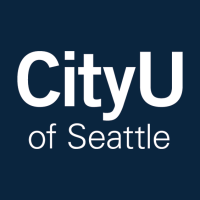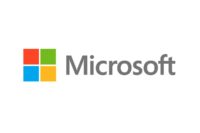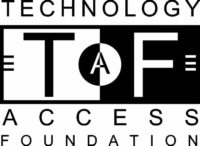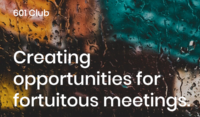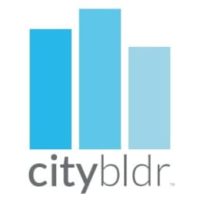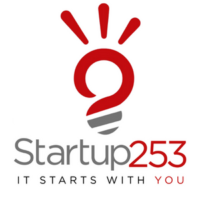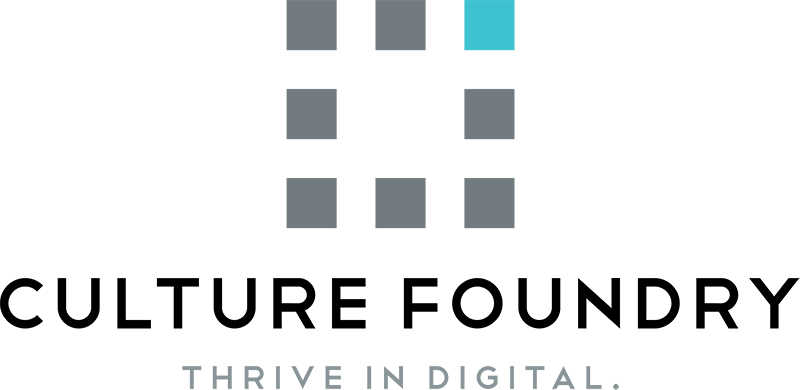By Marjorie Clark
Reprinted with permission from 425Business. Article first appeared on on January 7, 2016. Photo by Rachel Coward
 Brett Greene knows a thing or two about the startup community. He started New Tech Northwest, formerly known as New Tech Seattle, in February 2013 to help cultivate the tech community.
Brett Greene knows a thing or two about the startup community. He started New Tech Northwest, formerly known as New Tech Seattle, in February 2013 to help cultivate the tech community.
“Most of the people who come are either in the startup or tech world. Because these events are generally startup-oriented, we make a big point of it being about tech and not just startup,” Greene said. “Beyond that, it’s about being a community first, which is beyond even tech and just about the cities that we live in and the region.”
“We were the fastest growing event in Meetup history, which isn’t as much about us as it is about the community really embracing what we’re doing and finding value in it and sharing with other people,” Greene said. “The idea is if you come to our event, you’re going to meet at least two really good connections to help you grow your tech career or tech company, so we have founders, venture capitalists, recruiters, marketers, engineers, and some people who know those people.”
Because of his experience and connections within the startup community, we reached out to Greene to chat about startup trends in the Pacific Northwest. Here are six he identified:
- Making life and work easier. Greene said more and more new companies are working to make life easier for users. He mentioned Seattle’s Peach, which simplifies ordering lunch and having it delivered to the office, and Bellevue’s OfferUp, billed as a more personal and mobile-friendly Craigslist.
- Ease of making money. Companies like Airbnb and Uber offer an additional avenue for people to make some extra money. That trend is moving to Seattle with Spare5, which helps people make extra cash through completing surveys on the app. “Helping people to make money on the side seems to be a really big startup trend,” Greene said. “To have a business that employs people as contractors who do the work in their free time is a new thing that we haven’t really seen in the past.”
- Internet of Things. “The trend started five years ago and it’s exponentially getting bigger to where we’re collecting more information on more things and using that to try to create products and services that are what people want,” Greene said. GiveSafe is one Seattle-area example of using data and connected devices to remove barriers, in this instance giving money to homeless people. When a person with GiveSafe’s app passes by a homeless person with the company’s “beacon” device, the app user is notified and has the option to electronically deposit money into the person’s beacon. The money can be used at participating merchants or through a nonprofit counselor for goods and services such as transportation. “The Internet of Things has expanded to building a company around helping the homeless,” Greene said.
- 3D printing. “Just like when the Internet came out and lowered the barrier to entry for people to create companies because things were so cheap, 3D printing gets cheaper every year,” Greene said. “That’s allowing more people and ideas for customized products.”
- Coding Schools and Co-working Spaces. Coworking spaces in Seattle are booming, and the Eastside is no exception to that. With the growth of coding schools such as Coding Dojo, which recently acquired more space at its current location, more people than ever before have the space and resources to break into tech or launch a startup idea.
- Virtual Reality. No longer do people have to seek out an expensive headset or travel to a specific place to have a virtual reality experience. “Just like 3D printing, the costs are going down and things like Google Cardboard made it really mainstream, and really easy for people to have an experience,” Greene said. “In three to five years, there will be a lot of things that exist in virtual reality that we haven’t thought of yet or heard about that people are already working on.”
